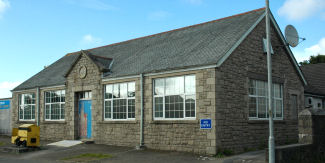Cornwall’s Drill Halls
In many towns and cities around the country there are buildings which originated as homes for army volunteers. These are known as as Drill Halls. They first started to appear in the mid-19th century to provide home bases for the newly created Volunteer and Artillery Volunteer units. These
offered paid volunteer roles which made them very popular, with more than 120,000 men signed up by 1860.
In the larger towns and cities, Drill Halls were of almost palatial splendour, whilst others looked like ordinary Church Halls. The offices, messes (canteens), stores and armoury were usually housed at the front of the building, whilst the caretaker’s quarters were to the rear. Several examples of Drill Halls can still be found in Cornwall and they are still at the heart of social life in many communities.
During WW2 the Drill Halls were taken over and used by the Home Guard. Today some are still in use around the County whilst others have become clubs, retail outlets or have been demolished.
In Cornwall in 1966 there were 19 drill halls for the TA and 4 drill halls for the Army Cadet Forces. The Cornwall Territorial and Auxiliary Forces Association owned 21 drill halls and 11 huts. As part of the military reorganisation in 1967 the number of Drill Halls in Cornwall was cut from 26 to just 7.
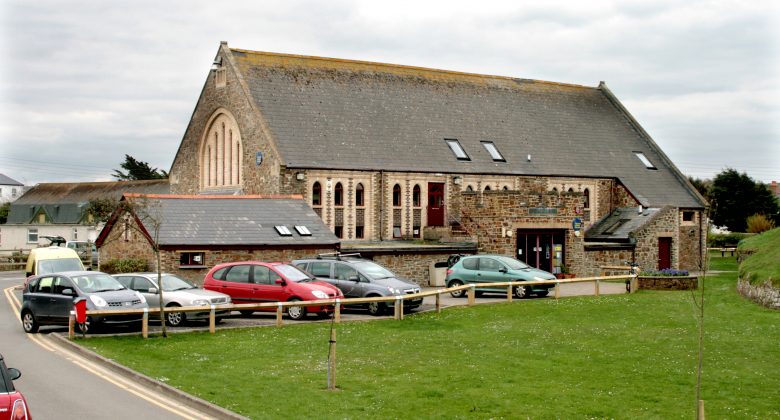
Bude Drill Hall
The Victorian building situated at Neetside in Bude was originally a Nonconformist Chapel used initially by both the Wesleyan Methodists and the United Methodist Free Church. It was leased to the Duke of Cornwall’s Light Infantry as a Drill Hall when plans to sell the building for use as a Sunday School fell through. In 1995 the Drill Hall was purchased and converted into a Community Centre.
St Just (Penwith) Drill Hall
St Just had three Drill Hall of different designs and build dates. This one on Penzance Road was built in 1938. It still bears the distinctive TA ceramic roundel on its facade. It served as an anti -aircraft searchlight battery and housed large items of equipment. Its design reflected the changing nature of warfare and the increase in mechanised units.


Bodmin Drill Hall
Built in the late 19th century, the Drill Hall on Honey Street in Bodmin was designed as the headquarters of the DCLI’s 2nd Volunteer Battalion. The unit evolved to become the 5th Battalion DCLI in 1908 and was mobilised at the drill hall in August 1914 before being deployed to the Western Front. Following the Battalion’s amalgamation with Truro in 1947, the Bodmin Drill Hall became surplus to requirements and is now used as a social club. The remaining D Company of the Battalion moved to the TA Centre in Castle Canyke Road Bodmin which is still a Reservist centre.
Lostwithiel Drill Hall
Built in 1904 on The Parade, Lostwithiel Drill Hall is a rare surviving example of a corrugated iron drill hall. This cheap form of construction is more commonly associated with hospitals and chapels of the period. It was first used when recruiting members for the Territorial Army in 1914 and after the war the hall was also used for the town’s social events. The refurbished building is now a meeting place for the community, as well as a base for the town’s Army Cadets.
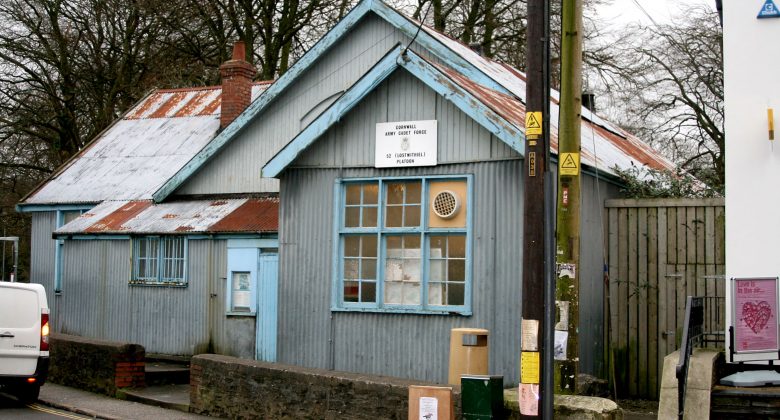
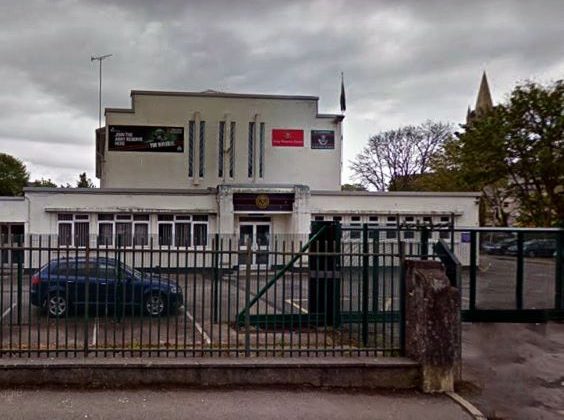
Truro (Moresk Road) Drill Hall
The Moresk Road drill hall in Truro was the latest of 3 in total in the City. It was built in the 1930s and is Art Deco in its style of architecture, similar to the Odeon cinemas of the period. It was originally home to B Company of the 4/5th D.C.L.I TA and it is still the home of The Rifles’ Regiment Reserve Infantry Battalion of the South West and West.
Truro (Hendra) Drill Hall
Truro’s Hendra drill hall was built in 1929. It was used for the TA until the 1960s and the last unit to be based there was a detachment of 211 Field Hospital Royal Army Medical Corps. It was sold off in the 1970s to Carrick Sports and Social Club. B Company of the 4/5th D.C.L.I T.A were located here before moving down to the bigger Drill Hall at Moresk Road.
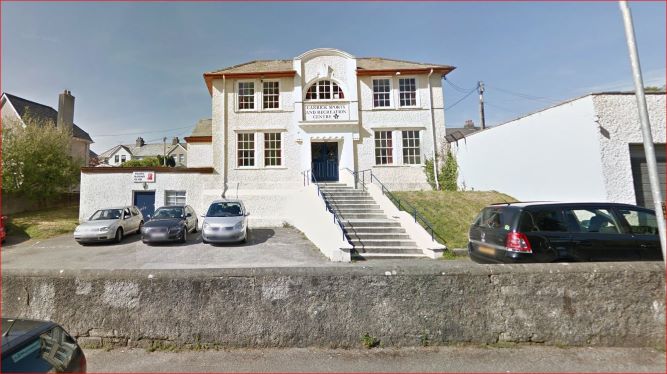

Falmouth Drill Hall
Falmouth Drill Hall was built in 1874. Today, how many people visiting the Phoenix Cinema in Falmouth will think about what the building was originally used for or that they are sitting in what was once the Drill Hall of the 3rd Duke of Cornwall’s Rifle Volunteer? Built in the Gothic Revival style of architecture with its large circular rose window is reminiscent of a chapel or church.
Launceston Drill Hall
Launceston Drill Hall in Westgate Street was built in 1907 at a cost of £1,300. Over the years it has seen many uses including the Launceston Drill Badminton Club to the Crown Home Centre DIY shop. It is now known as the Westgate Centre housing the Social Care Services.
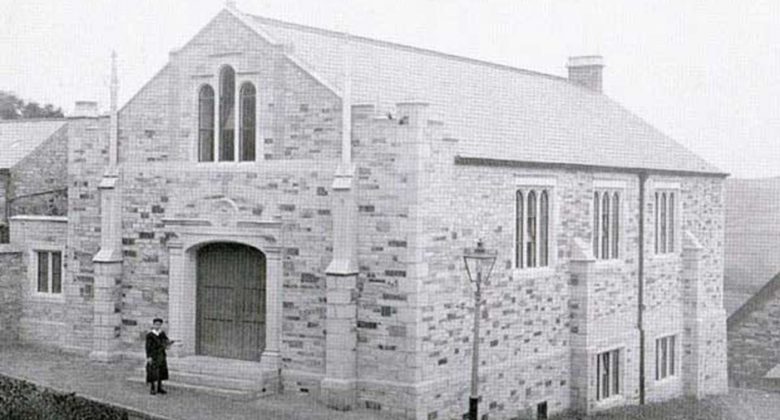
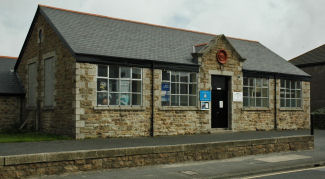
Hayle Drill Hall
Built in 1911, Hayle Drill Hall on Commercial Road is an example of a type seen in many locations throughout Cornwall. It is a single-story stone hall with a central gabled entrance flanked by two large windows on either side. Although similar in style to the drill halls at Redruth and St. Just, it does not have the additional buildings to the rear. It is still used as a Drill Hall.
Redruth Drill Hall
Built 1912, the Redruth drill hall situated in Foundry Row is modest in size and built in the same style as the drill hall at Hayle. This style of drill hall could easily be mistaken for a school room or village hall and was designed for use within a small community. It has now been taken over by Redruth Town Council and is managed by the Redruth Community Association.
